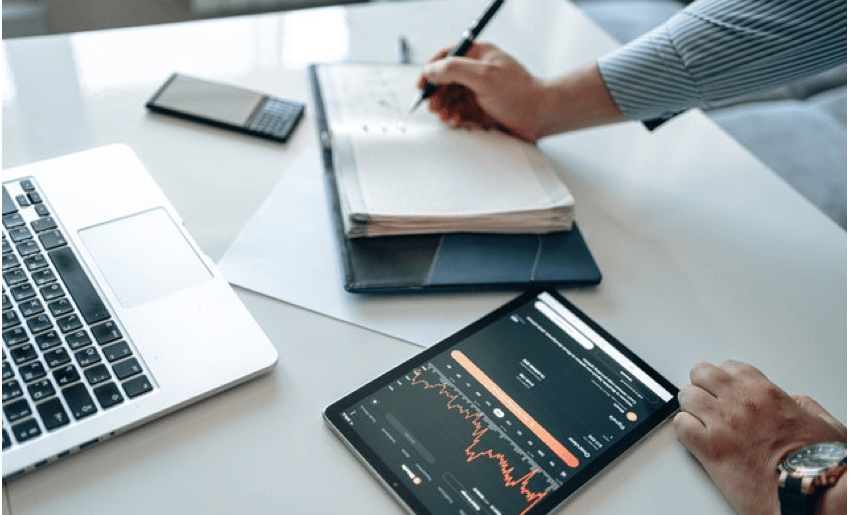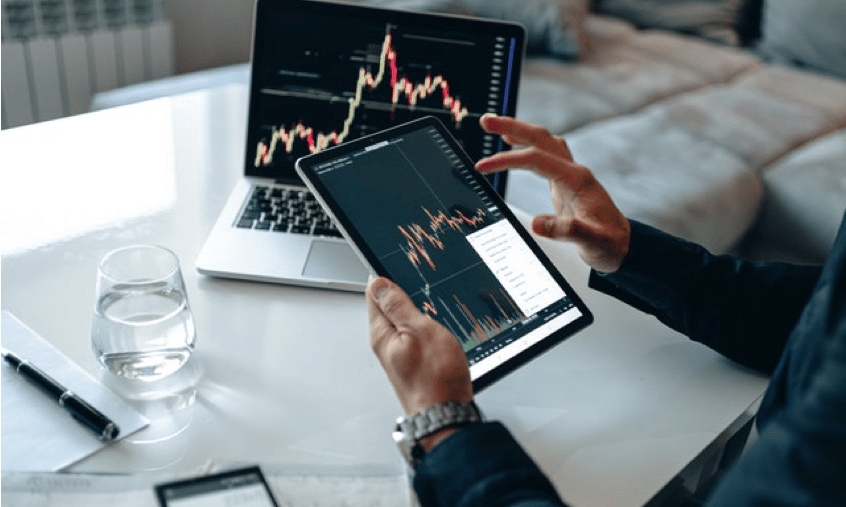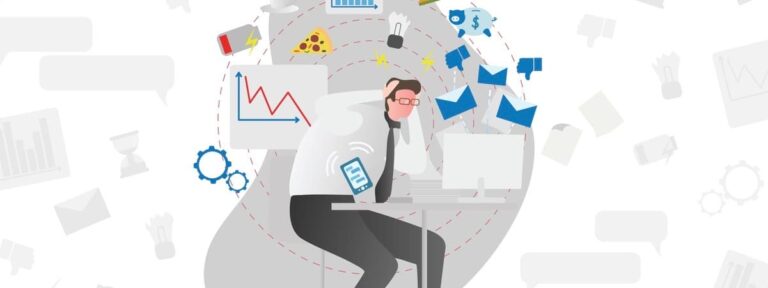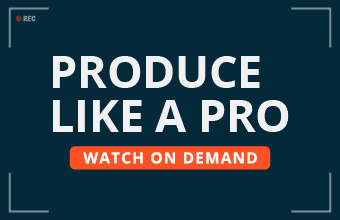Although it may be a truism, knowing your audience and their preferences is the number one rule in PR and marketing. The importance of establishing a target audience and ways you can build your brand awareness by reaching out to them has, in recent years, become a science in itself. A profoundly sociological as well as data-driven science at that.
So, every PR professional should aim to gather an in-depth understanding of how they can approach their audience. That is where social listening can be of great help. We will dissect the concept and the tools that can help you use this marketing strategy to the fullest. Read on to find out how PR professionals can use social listening to improve their outreach and communication with their clients.
Social listening as a method to enrich your PR outreach
PR is primarily a hybrid between digital and traditional marketing strategies in the digital era. Optimally, one should supplement the other to attain the best results and plan your PR campaign accordingly. In that sense, knowing the nuts and bolts of data-based assessment of your market can be of great help. Yet, as client behavior cannot be reduced to data points, KPIs, and metrics, social listening is there to streamline your PR efforts by making them more organic and tangible.
So, social listening is there to diversify your grasp of client behavior and needs so that you can make the best out of the website and social media analytics. Be it for PR, sales, SEO optimization, or customer support, you should use ‘human-oriented PR’ approaches just as much as data-driven brand performance analysis.

Social listening considers not only hard stats but also the human factor, which is why PR professionals can use social listening quite effectively.
What is social listening exactly?
Before we take a deep dive into the intricacies of this PR marketing strategy, it is helpful to go back to the basics and dissect the very concept of social listening. As novel as it may sound, it has been around long enough to be developed into a veritable tour de force of PR strategizing. So, PR professionals primarily use social media listening to measure effectiveness and streamline the PR strategy accordingly.
Hence, social listening involves monitoring social media profiles, websites, and any other form of the online presence of companies and influencers. What is being monitored are keywords that can broaden your understanding of how companies target customers and how effectively they do so. Be it for a product, service, campaign, or the brand itself, you observe the data to draw valuable conclusions about the brand performance of aspects you are interested in.
How is social listening useful for PR professionals?
In sum, social listening tools can help you gauge, for instance, the sentiment of the discourse associated with the brand. In other words, you can track anything from mentions, hashtags, and online discussions to popular or trending topics related to the brand or influencer.
Therefore, social listening allows you to have a well-rounded insight into online reputation through a real-time, data-driven discourse analysis of social media marketing campaigns, the general online presence of (potential) clients, and the audience’s reactions to the brand’s efforts. All very much useful for PR professionals because social listening is audience-oriented.
How can PR professionals use social listening?
-
Measuring brand awareness
Once you get a hold of the social listening toolkit of your choice, you are ready to start analyzing the various metrics associated with your target audience. Brand awareness is one of the foundational metrics used in social listening and PR. For instance, a social listening tool allows you to get an overview of the online performance of a brand’s name. You can insert the brand name and specific parameters you are interested in—it can be sources, languages, mentions, the date range, and other filters your social listening tool has.
You should get a detailed overview of the share of voice or ‘online market share’ associated with the brand. The more mentions a client has on social media (and other outlets), the stronger its brand awareness is. Therefore, you get an enumerated coefficient of the brand’s position on the market.
Assessing the market reputation
So, if you are interested to know how a particular moving company, for instance, fares on the web, you can type in the name and get all the relevant data you need. So, you can use social listening to assess the digital reputation of the company as well as customer satisfaction. Reputation monitoring is an integral part of the social listening approach because it allows you to tap into metrics that show sentiment analysis and brand health.
Just look at the sentiment section of your social listening data kit, and you are good. Overall, the net sentiment can be good, bad, or neutral. This function also lets you see new mentions and relevant topics so that you have a comprehensive overview of the brand’s online presence.
So, social listening is useful for improving the moving company’s brand reputation as well as helping your clients manage their business operations according to audience reception and reactions to their products and projects. Aside from social listening, another toolkit that is invaluable for improving company efficiency is Customer Relationship Management (CRM) system. Namely, CRM technology helps moving companies manage clients in a forward-thinking, all-encompassing, and innovative way. Experts at moverstech.com say that many of their clients improved their operations considerably once they employed a CRM solution, which reflected on their reputation.
Gathering information on the competition
In PR, the most valuable insights come from analyzing the efforts and successes of your client’s competition. So, by analyzing the marketing tactics, strategies, verbiage, posts, and products of industry leaders and competitors, you can base your PR strategy on the best practices. Hence, you will be able to promote your clients in the most forward-thinking and user-friendly way possible.
So, PR professionals can use social listening to draw valuable conclusions about the brand and the market that the client wants to excel in. By observing real-time mentions through brand names and keywords, you can formulate your PR strategy with keen insights into what boosts the brand’s online reputation.










